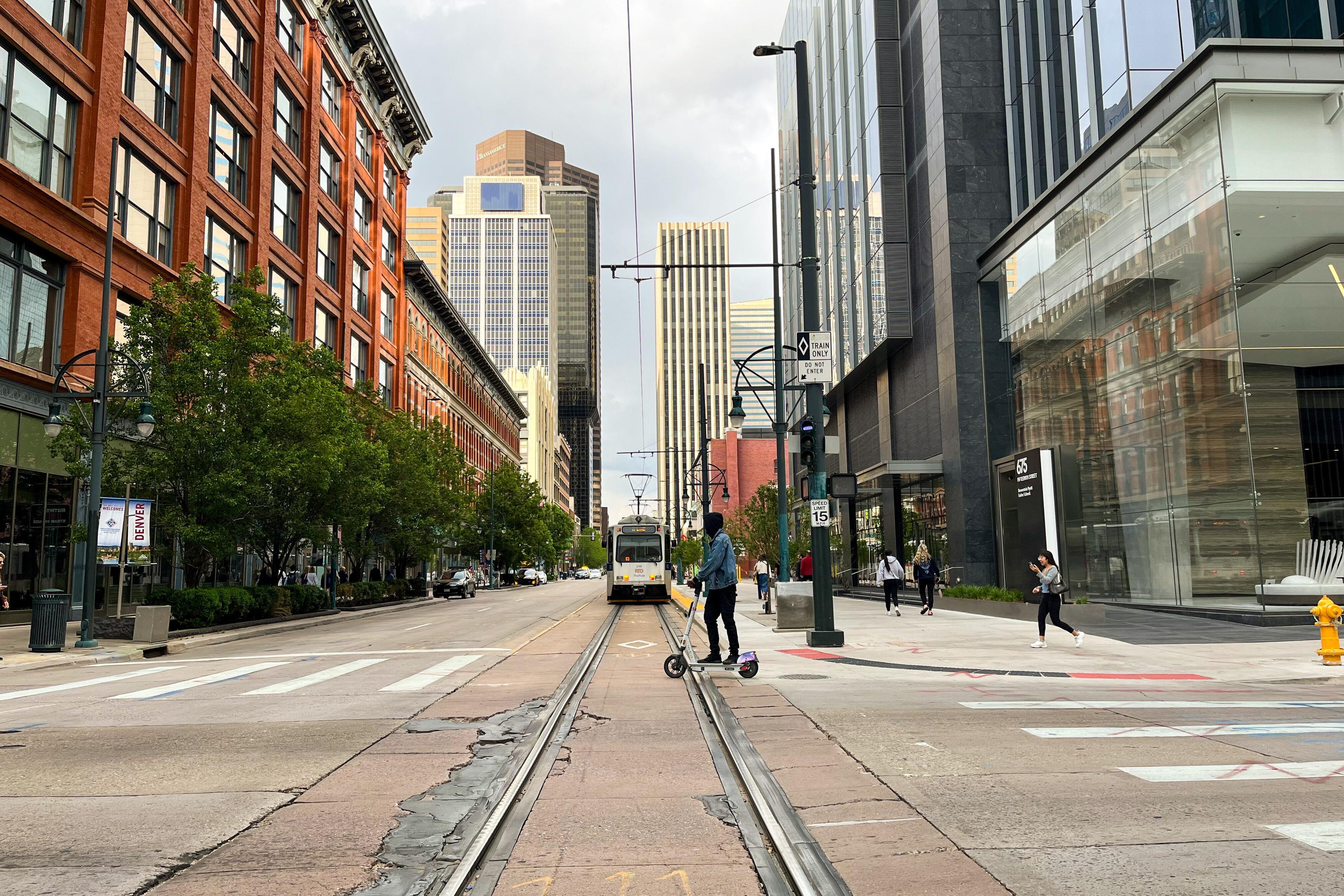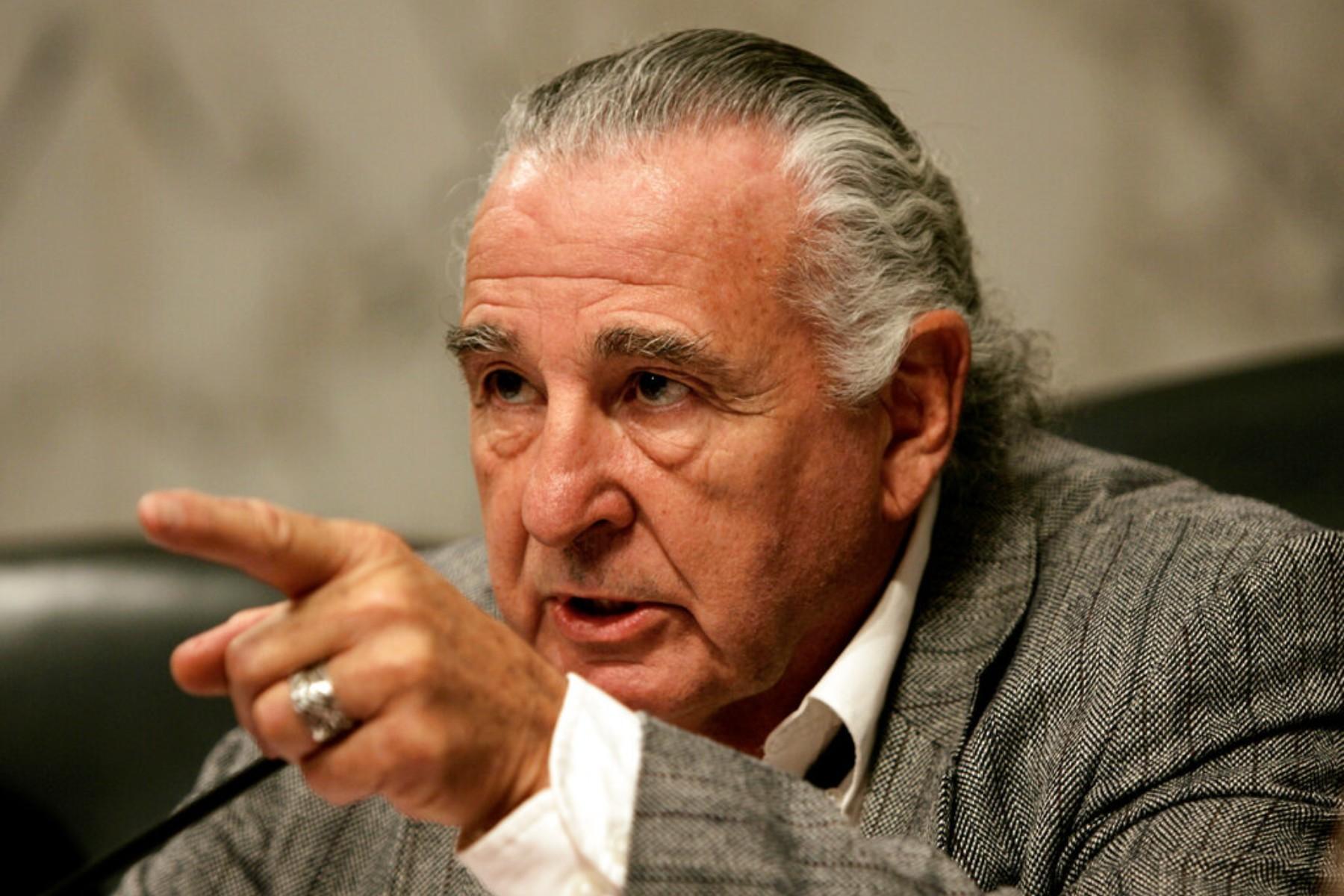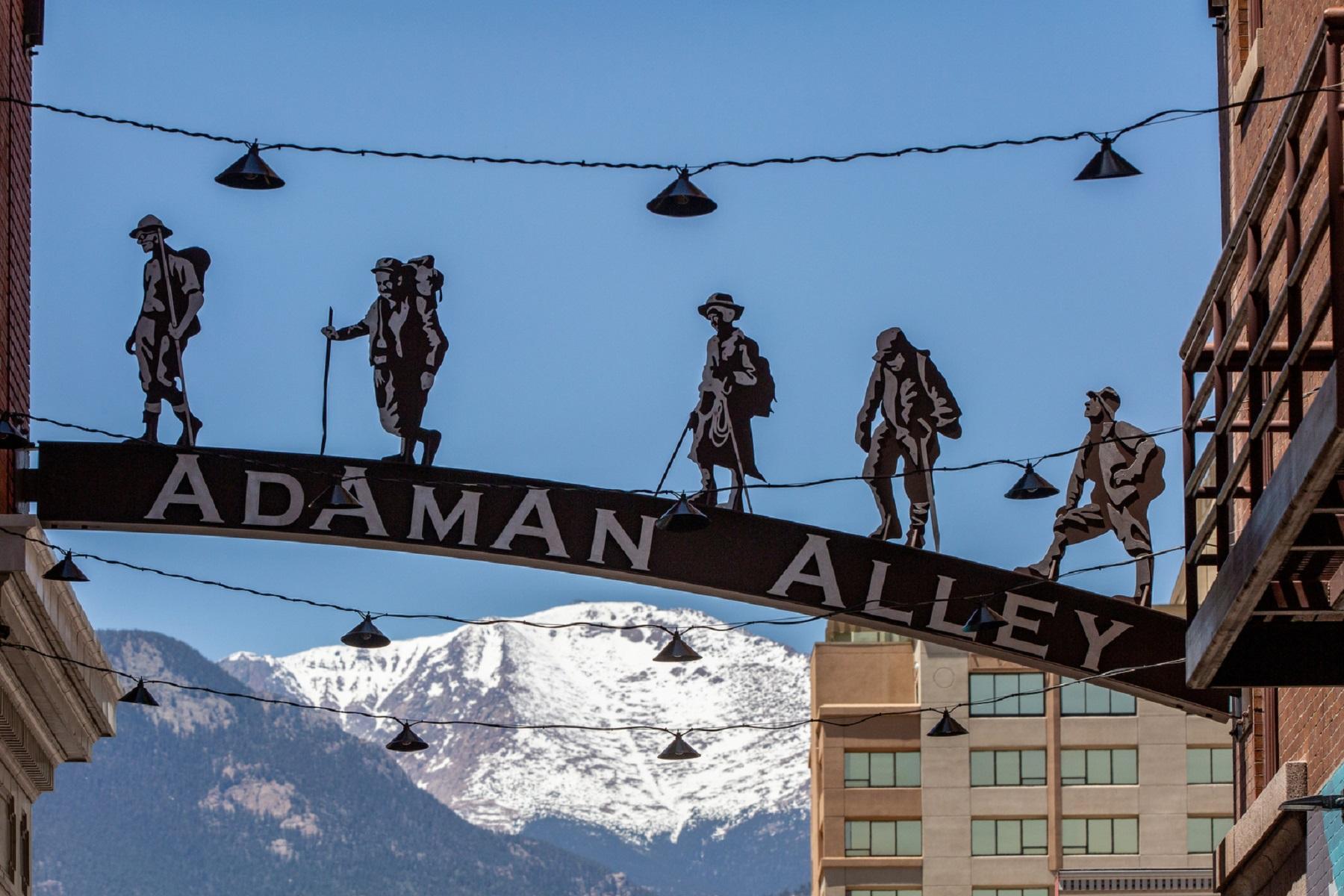
The steel was disintegrating. The concrete was crumbling.
A section of the Regional Transportation District’s downtown light rail track was in such poor condition in November 2022, that the agency predicted a high chance of a “catastrophic” event if it wasn’t fixed. RTD classified the track at 19th and Stout streets as “condemned” and restricted its trains to just 3 miles per hour until it was later replaced.
The Colorado Public Utilities Commission, the safety regulator that oversees RTD’s light rail system, demanded the agency explain how the track was allowed to deteriorate so much.
“Gaps in internal policies, procedures and oversight,” RTD officials wrote in reply, adding that an existing years-long effort to replace aging track wasn’t “adequate to maintain a state of good repair within the downtown loop.”
Now, nearly two years later, RTD is about to launch a far more comprehensive, $152 million maintenance plan to tackle trouble spots across central downtown. Light rail service began on the loop in 1994, and for decades since the transit agency put its energy into building its rail empire outward.
“Everyone was laser-focused on building as much as you could, as fast as it could be done,” RTD General Manager and CEO Debra Johnson told CPR News, echoing a favorite line of a previous agency leader. “Now we’re at a place where we need to be maintaining.”
The tracks need attention after thousands of days of heavy buses pounding over them, magnesium chloride chewing away at steel, and other abuse.
The first phase of RTD’s downtown rail reconstruction project begins May 26 and will last through September. The D and H lines will be rerouted to Union Station. The L Line to Five Points will be suspended. The long-lost Free MetroRide service on 18th and 19th streets will be making a temporary encore to help move travelers across downtown, and the 0L bus lines will run more often too.
The first phase will focus on five intersections. And there’s more fun coming next year, too
This spring and summer, RTD and its contractors will tackle crossings at 15th and California, 17th and California, 15th and Stout, 17th and Stout, and Broadway and Welton.
Meanwhile, RTD is also planning to finish work on another disruptive light rail maintenance project: the repair of retaining walls on light rail lines along Interstate 25 south of downtown. Those two projects in tandem will combine to make traveling by light rail from Denver’s south side into central downtown far more difficult this summer.
“We understand that this is going to cause impact, but this is what happens when you have a rail network that now is in a place where we have to do some caring and feeding,” Johnson said Monday at a press conference in downtown Denver.
Next year, RTD plans to tackle more downtown light rail work including reconstructing midblock tracks in the loop and tracks along Colfax Avenue and Welton Street.
Richard Bamber, a civil engineer and co-founder of the Greater Denver Transit advocacy group, said he believes that work should’ve been compressed into a “big bang” project that could’ve been completed this year alone.
“It's taking too long and it's too broken up,” he said.
Johnson said the agency doesn’t have the staffing necessary for that, and it also has to work with the city and county of Denver to schedule road closures and other disruptions.
“All of that was taken into consideration,” she said.
RTD spent $19 million on 17 isolated downtown light rail maintenance projects between 2012 and 2023, Johnson said. Some were even paused for years to focus on the opening of new rail lines — decisions, she said, she doesn’t want to disparage.
But Johnson was clear that she intends to take the agency in a new direction.
“If we were to continue with these isolated segments, if I'm not mistaken, it would probably take us another 30 years to do this,” she said.









